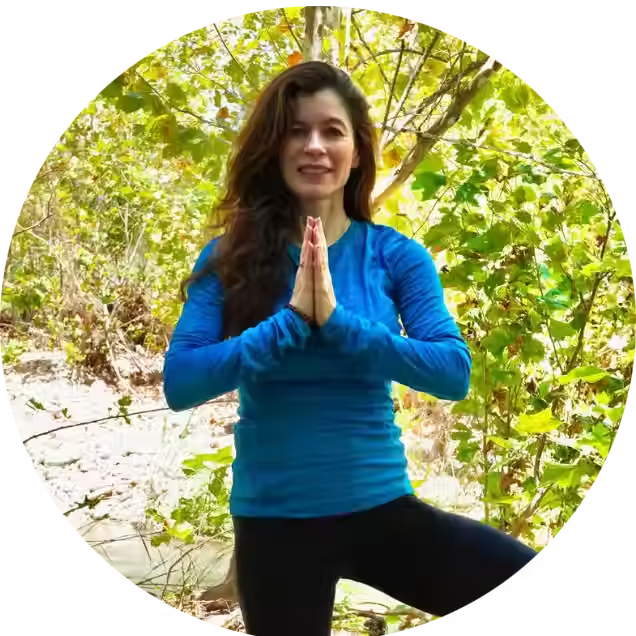Quietude in a Multitude: On Silent Reflection during the High Holidays
- Lane Igoudin
- Sep 9
- 3 min read
Updated: Sep 18
High Holidays are an emotionally-charged, spiritually intense experience. Their customs and services are meant to engage us in a cosmic drama, bring us the closest to G-d’s presence. Are we allowing ourselves to experience it though?
Are we able to immerse ourselves in the sheḥina, the divine presence which permeates the services? Or as, I confess, is often my case – are we simply trying to keep up with the machzor pages?
On the second day of Rosh Hashanah, we recount the story of the binding of Isaac (Genesis 22), a crucial juncture in the history of our relationship with G-d. What stands out to me in this story is Abraham’s behavior. He listens and acts, but speaks little.
Abraham hears the call of the divine messenger (malaḥ) and responds "Here I am." He listens quietly for the malaḥ’s instructions and watches out for clues ("When Abraham looked up, his eye fell upon a ram…"). Made aware of G-d’s will, Abraham does his part exactly as he is told, and in the end, is greatly rewarded: his son Isaac is saved, and he starts a great nation.
Abrham’s conduct echoes the line in Lamentations (3:26), “It is good for a man to await silently the salvation of the Lord.” At spiritually intense moments in our lives, silence can amplify awareness, but how can we find this precious silence in the midst of a crowd of hundreds of worshippers, following a fast-moving service?
Machzor prayers can be our guides. Each prayer encapsulates an emotion of the day – repentance, gratitude, hope. Reciting it out loud serves as a conduit to express it before G-d. But let’s not rush through it.
Considering the emotional impact of High Holidays, psychologist Leonard Felder, Ph.D., advises to "find a word or phrase in the holiday prayer book that lifts you up, moves you, angers you, offends you, comforts you, confuses you, or makes you curious and reflective." In other words, let the service go on – you will catch up. Meanwhile, coming in touch with the prayer’s meaning isn’t about breaking the flow of the service but getting deeper into it.

"The Binding of Isaac" plate, England, 18th cent., Royal Ontario Museum © Lane Igoudin, 2025
That is one way to connect to the sheḥina. I would also suggest marking the prayer’s end as the time to pause and reflect. Was there something in it that truly spoke to you? Rather than moving forward, go back to that part, and study its meaning. What does it open for you at the intuitive level? What is it saying to you when you are saying it?
Take for instance, a line from Shema Koleinu, recited at the Neilah, the final service of Yom Kippur: “Do not cast us away from Your Presence, nor take away from us Your holy spirit (ruaḥ kadosheḥa).”
There is so much in this line alone – supplication, fear, hope. The least one can do is to stop and notice it. Can you also feel this ruaḥ kadosheḥa hovering over the congregation at Yom Kippur? This is how liturgy can take you into the space between and beyond words.
High Holidays bring us together as a community, and reciting prayers communally keeps us at the right place in the service. In the midst of a crowd, it is challenging to concentrate on something other than that, to find the space to process a prayer at the individual level. Challenging, but not impossible.
_____________________________________________
Lane Igoudin, Ph.D., has written for Forward, Jewish News, and Jewish Weekly, and is the author of the recent memoir A Family, Maybe. Find him @laneigoudin or at laneigoudin.com.




Comments